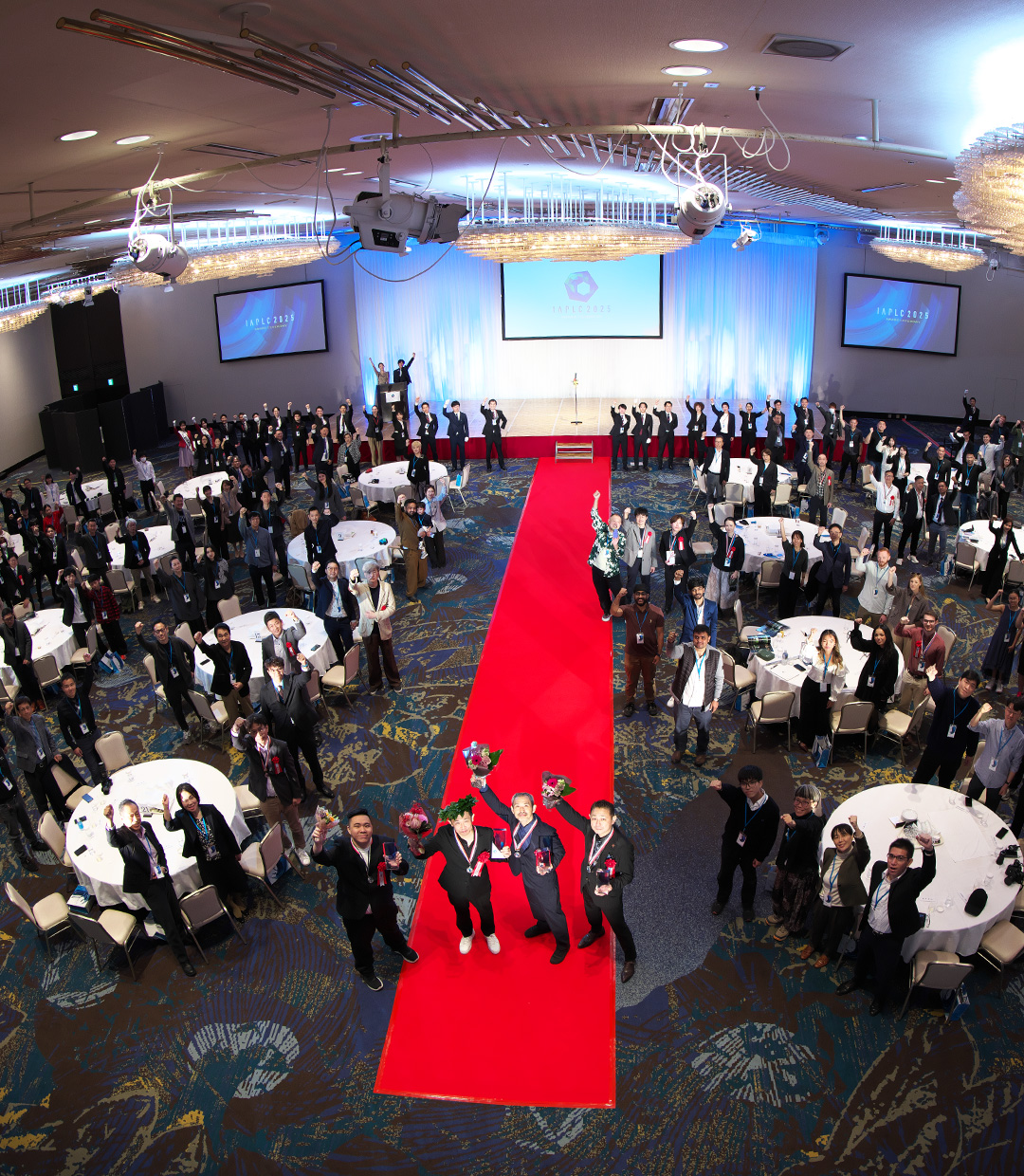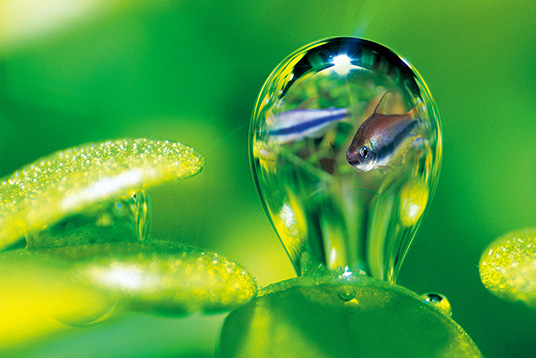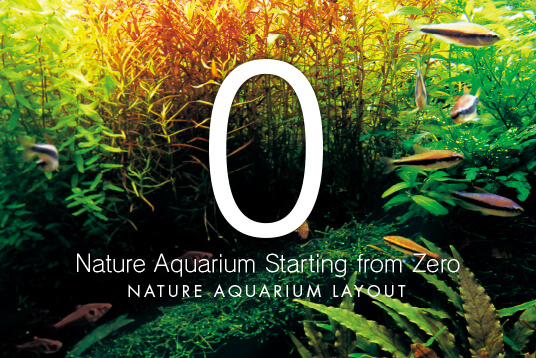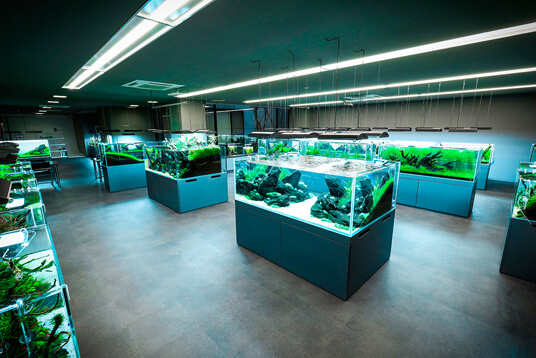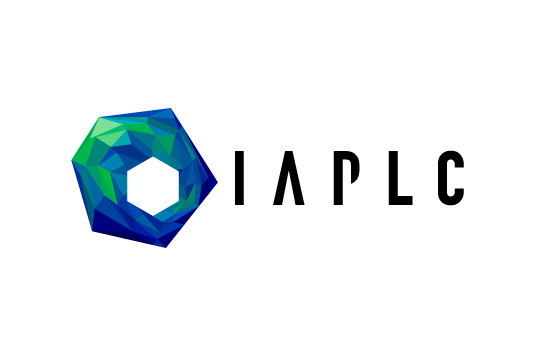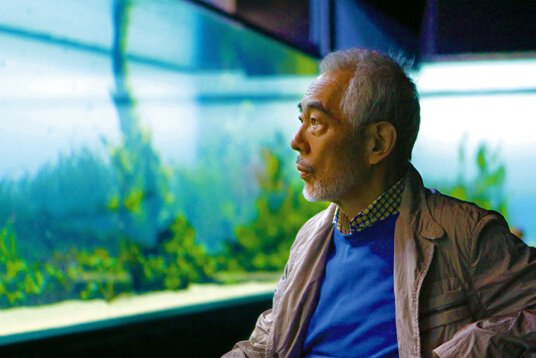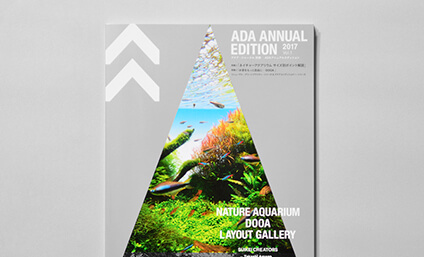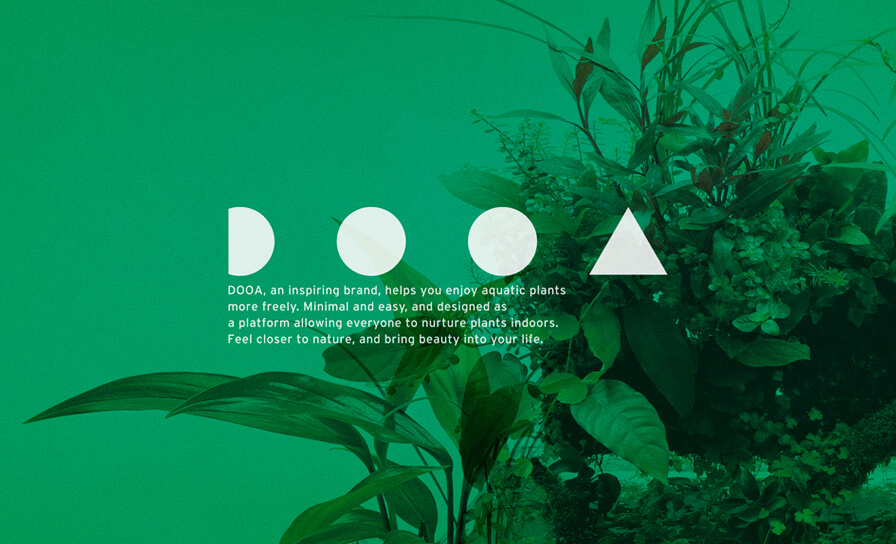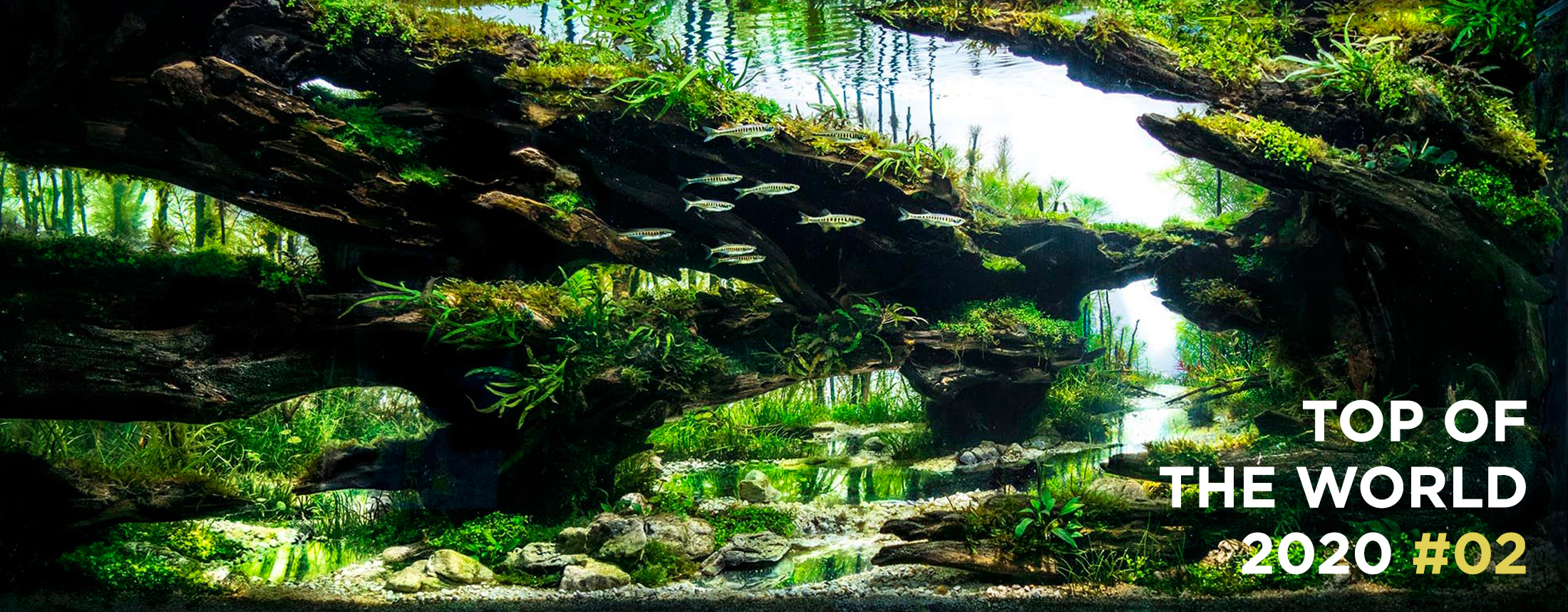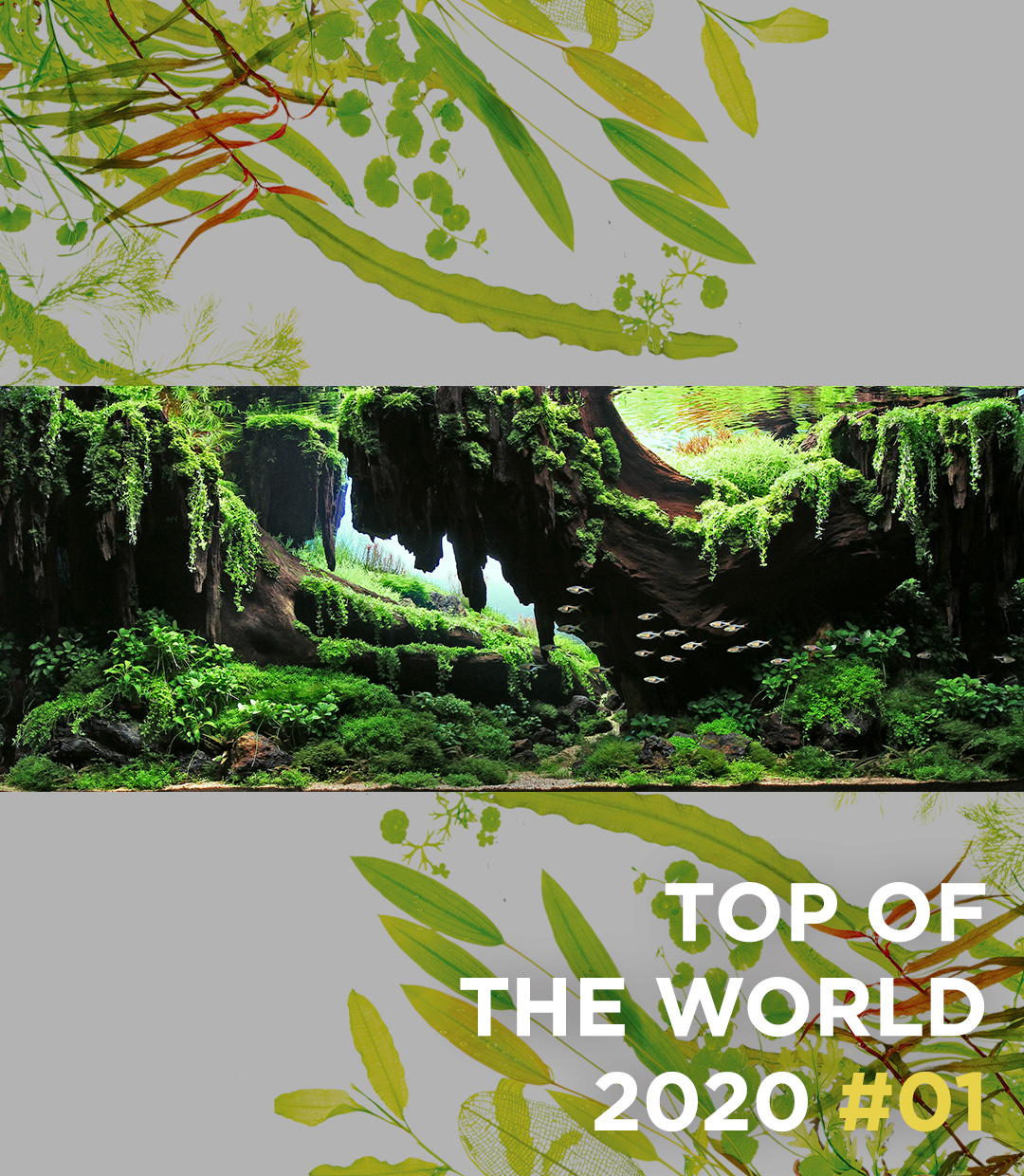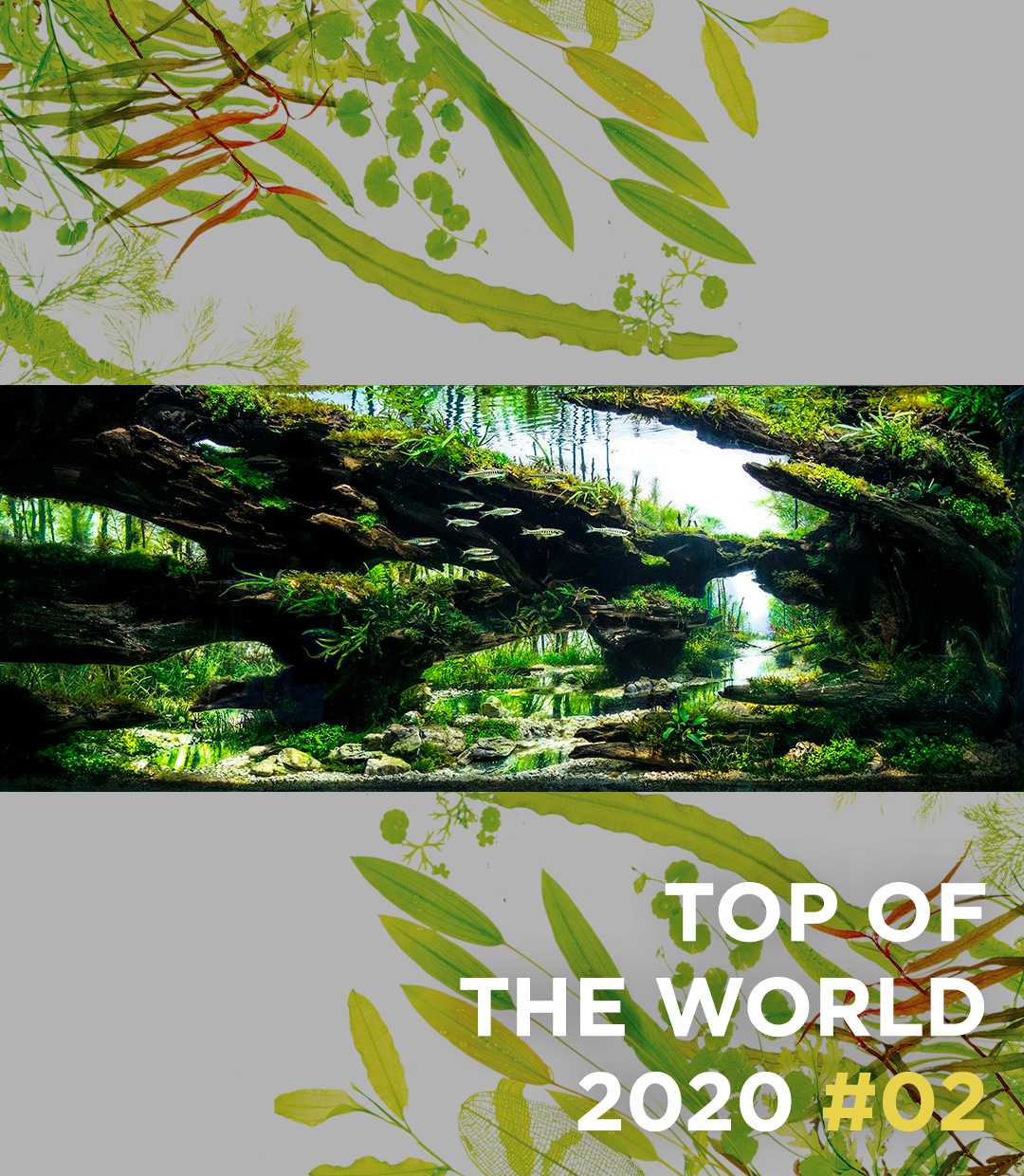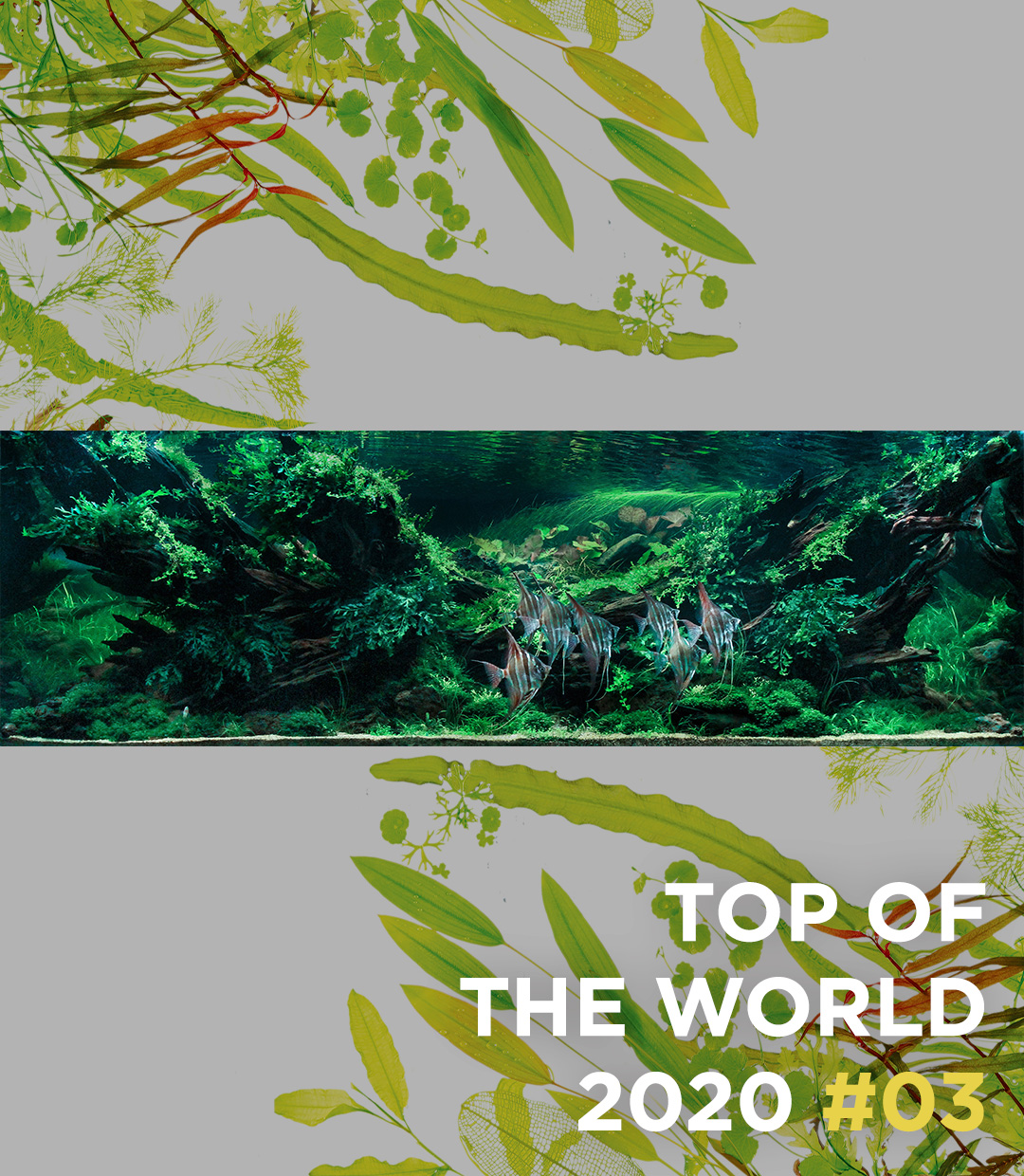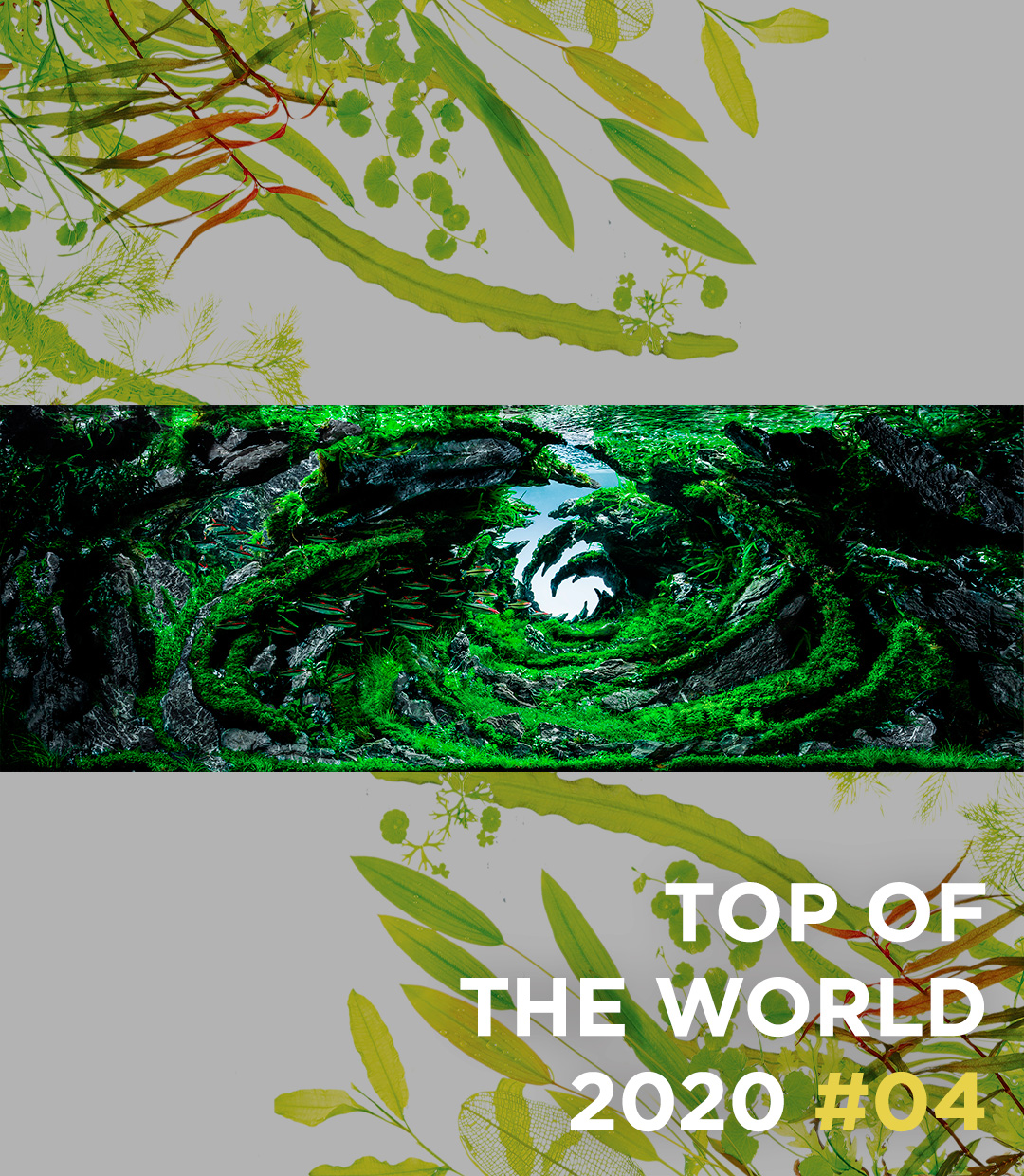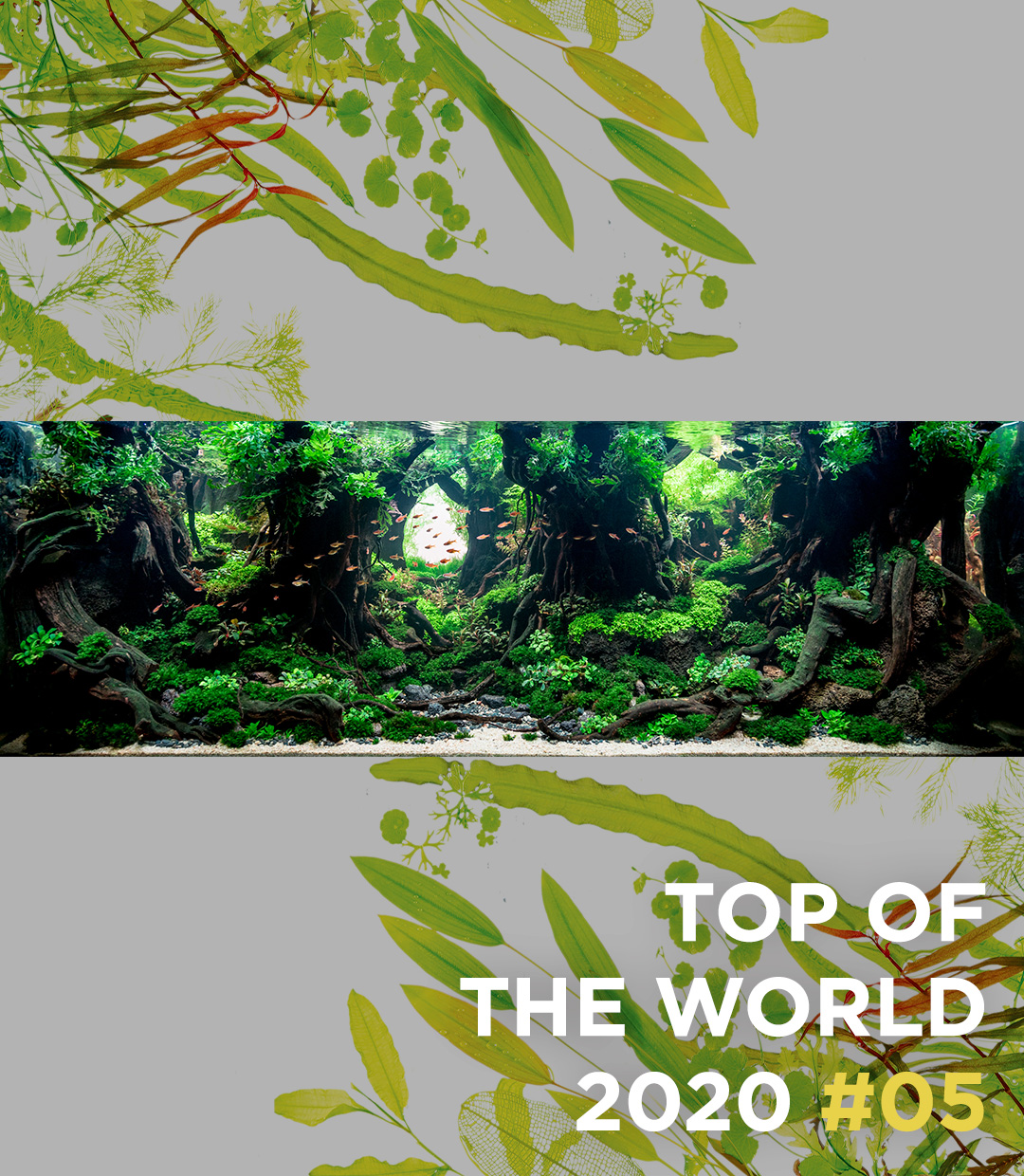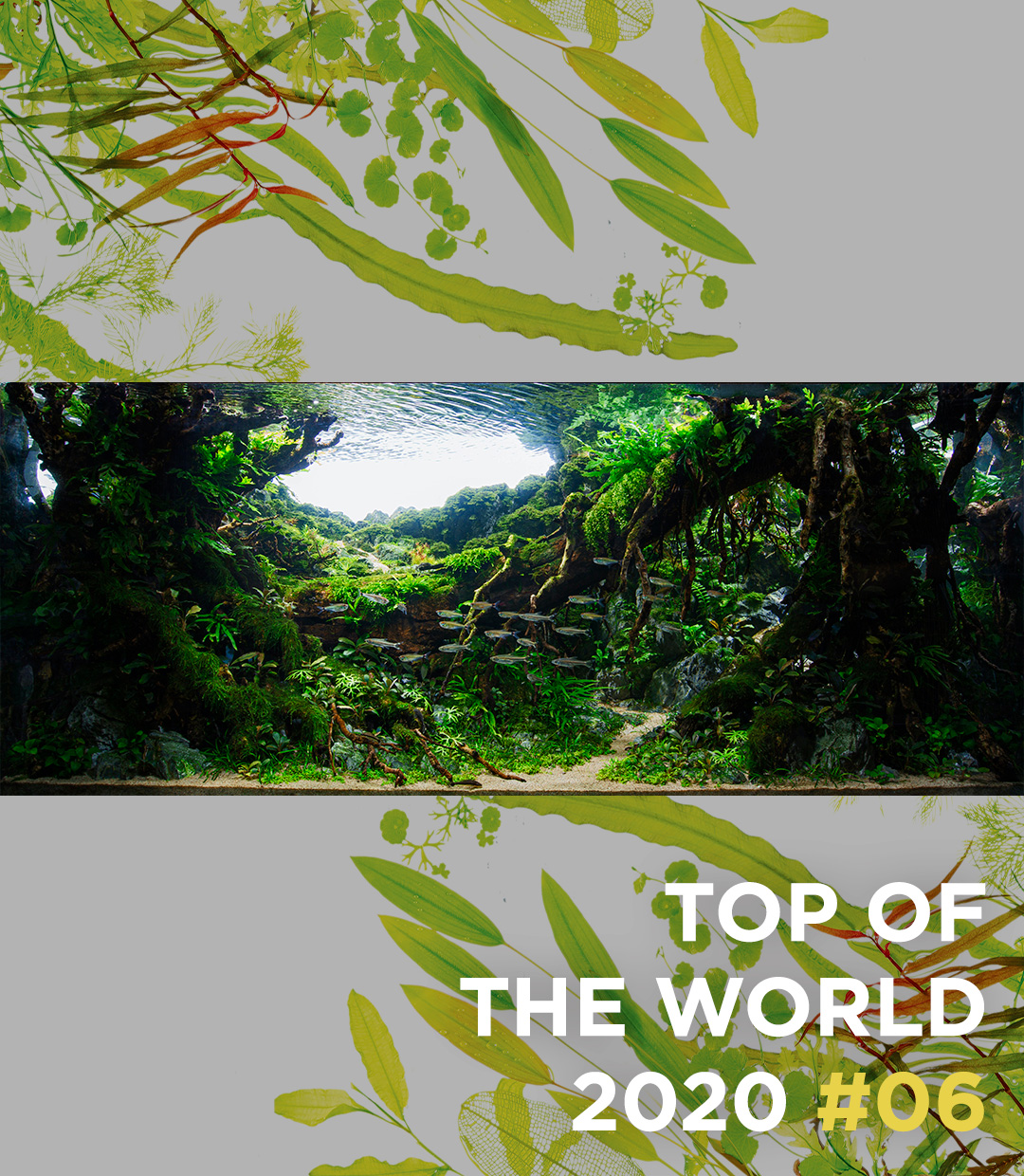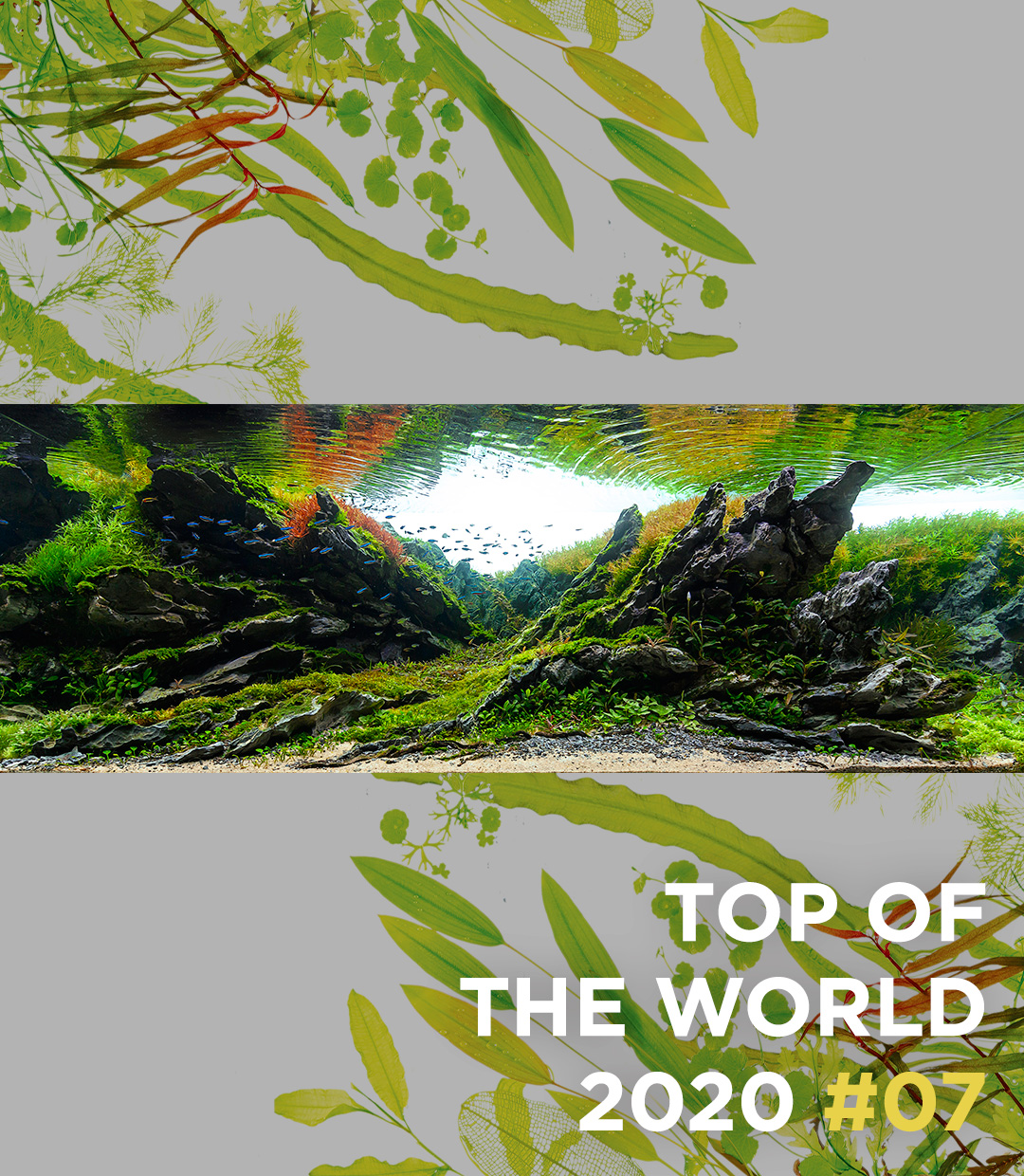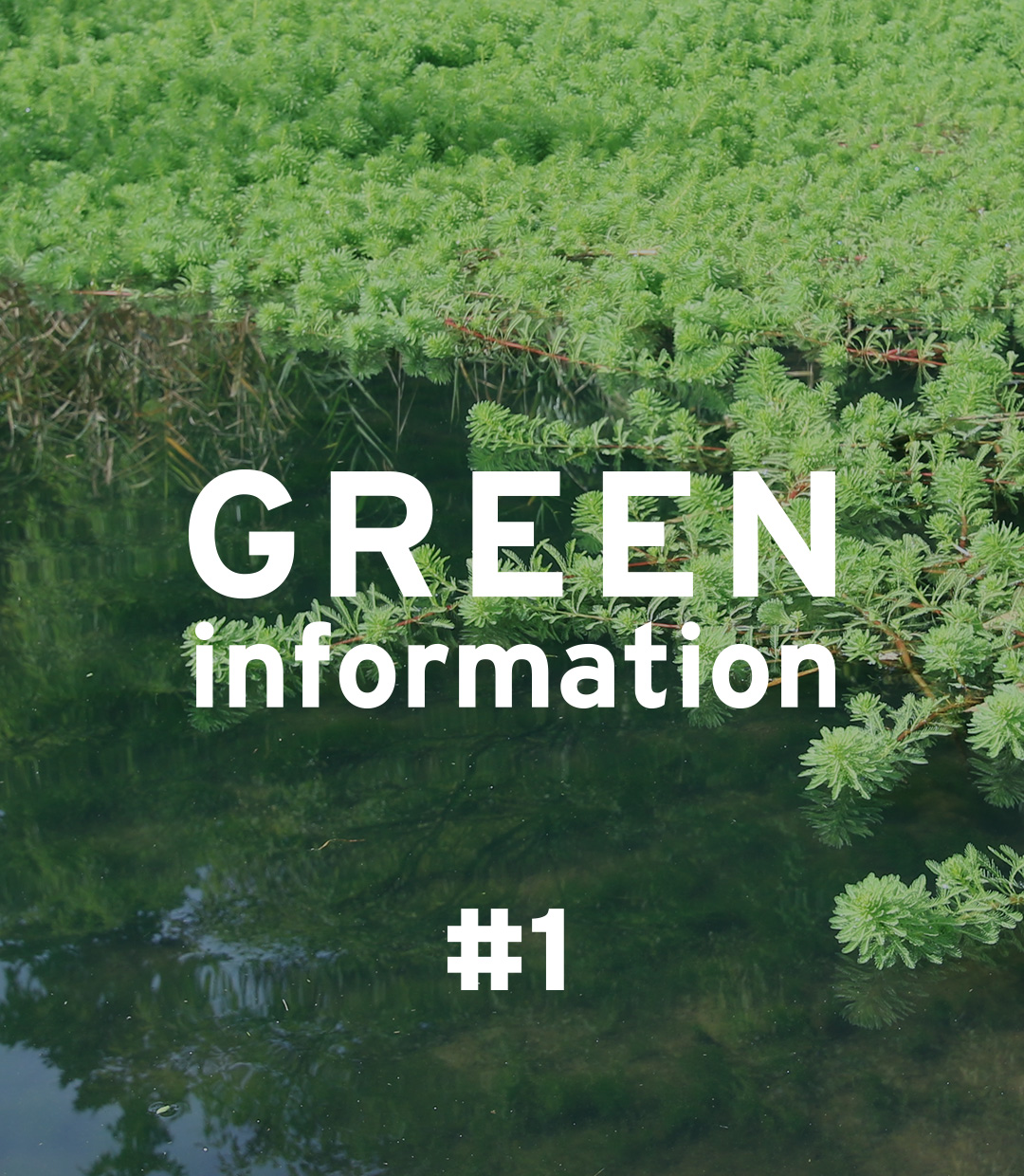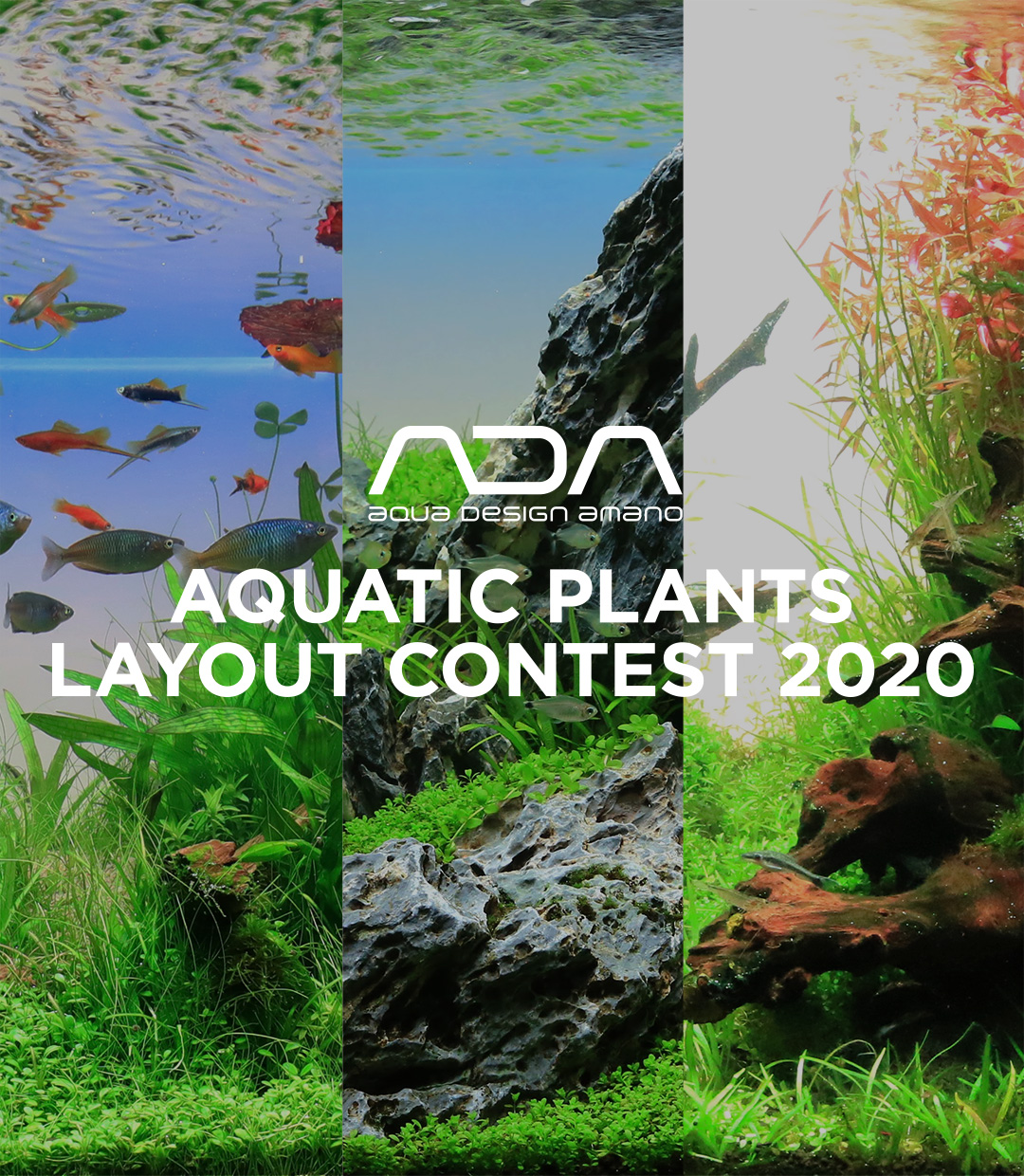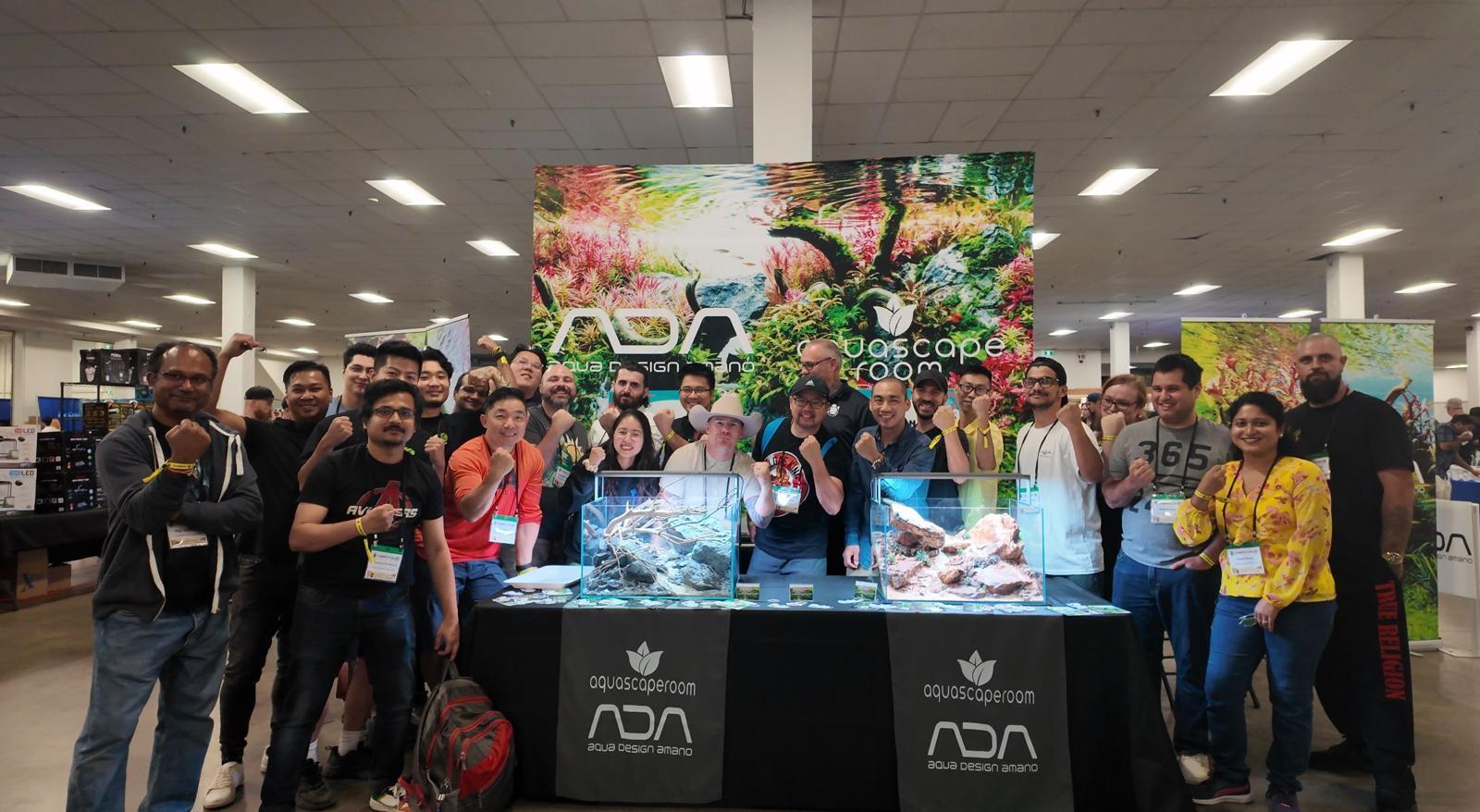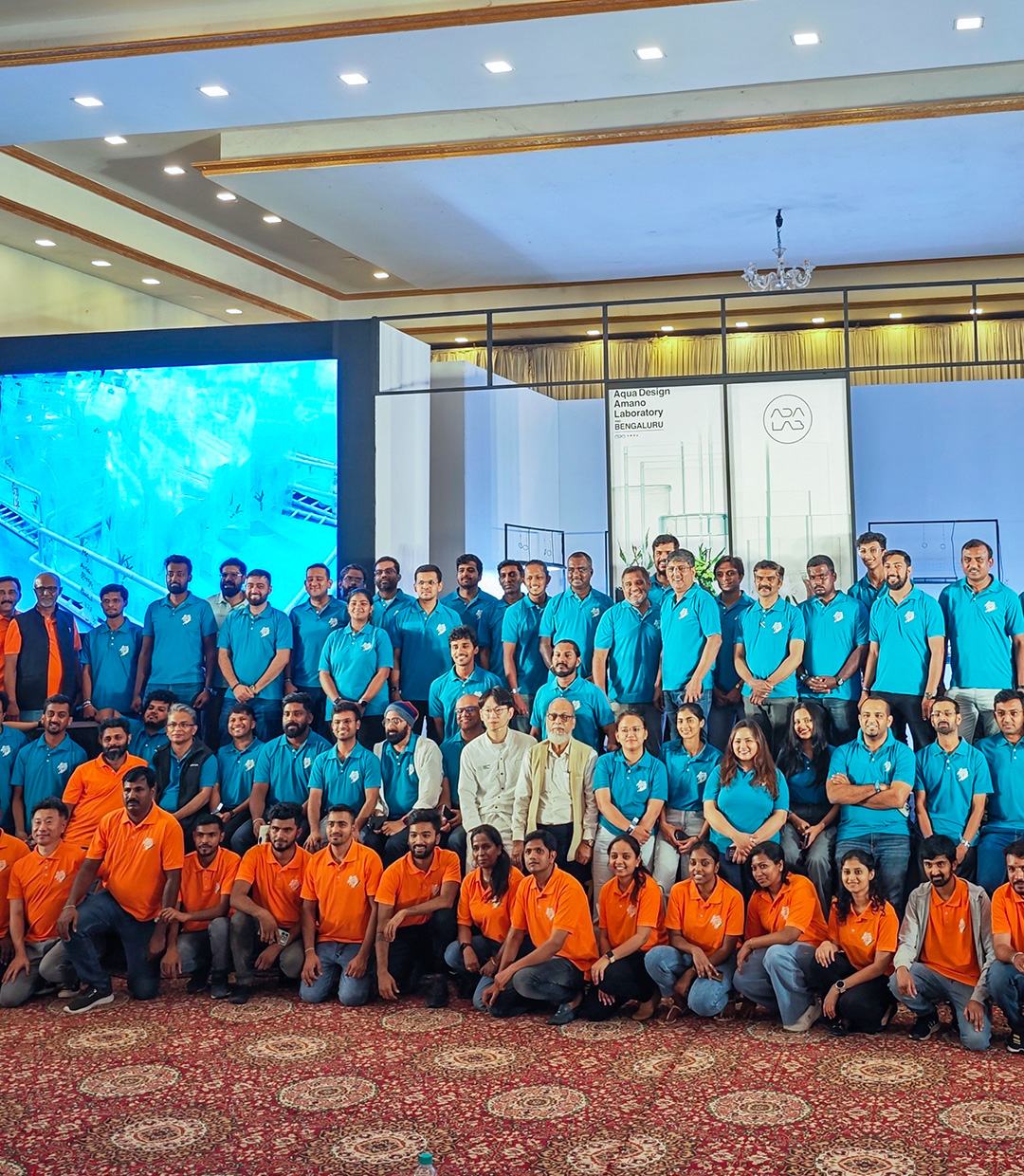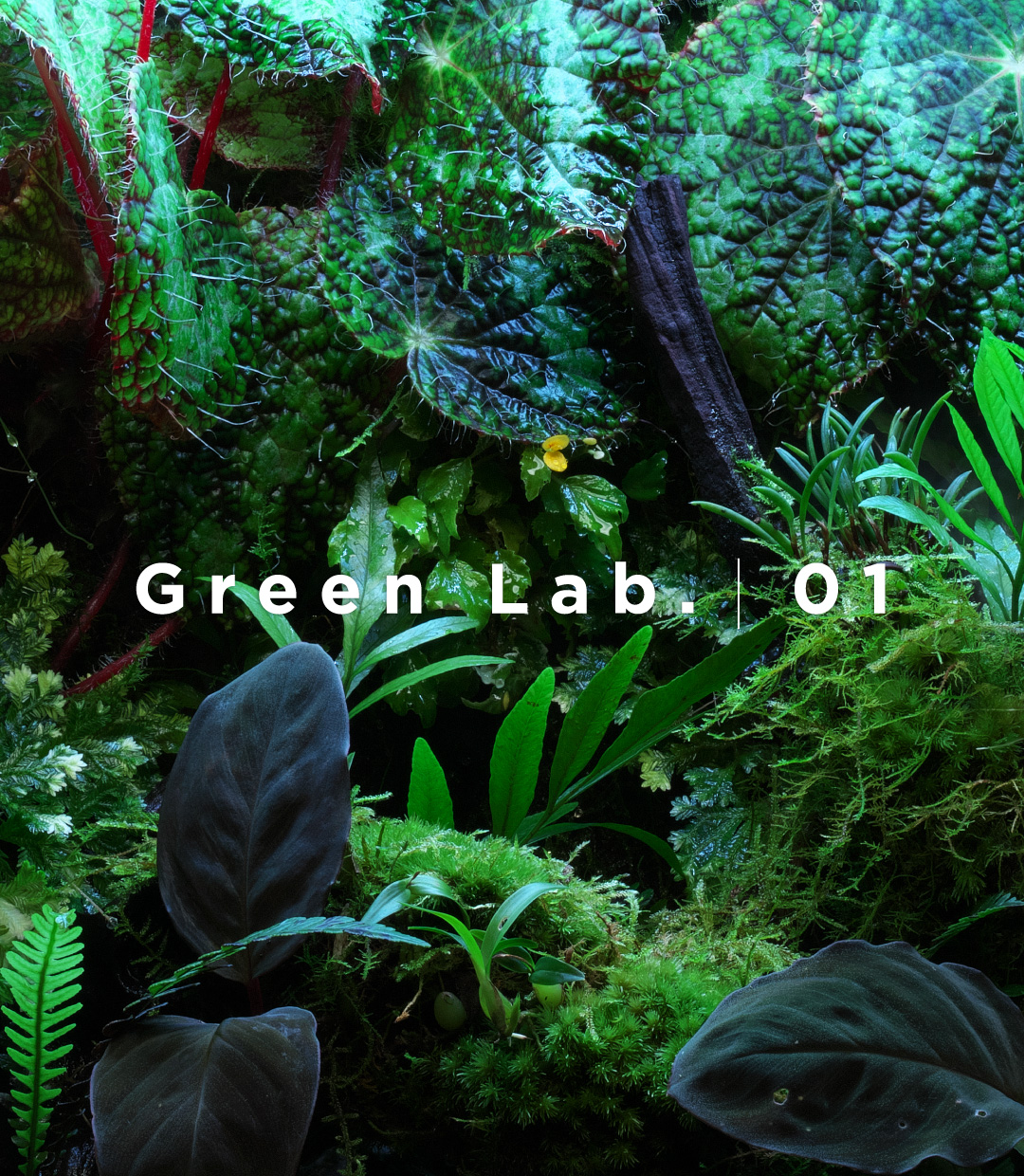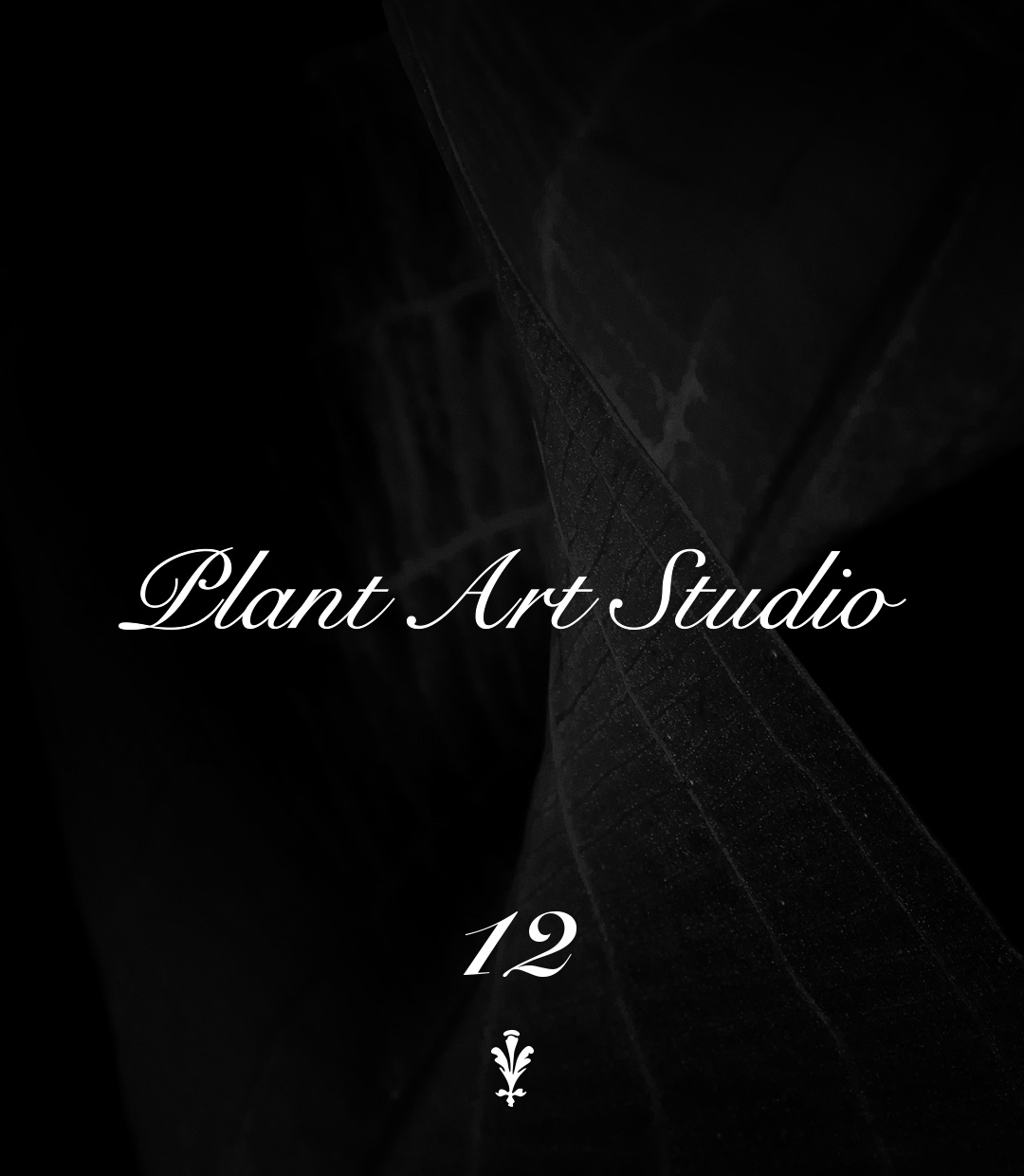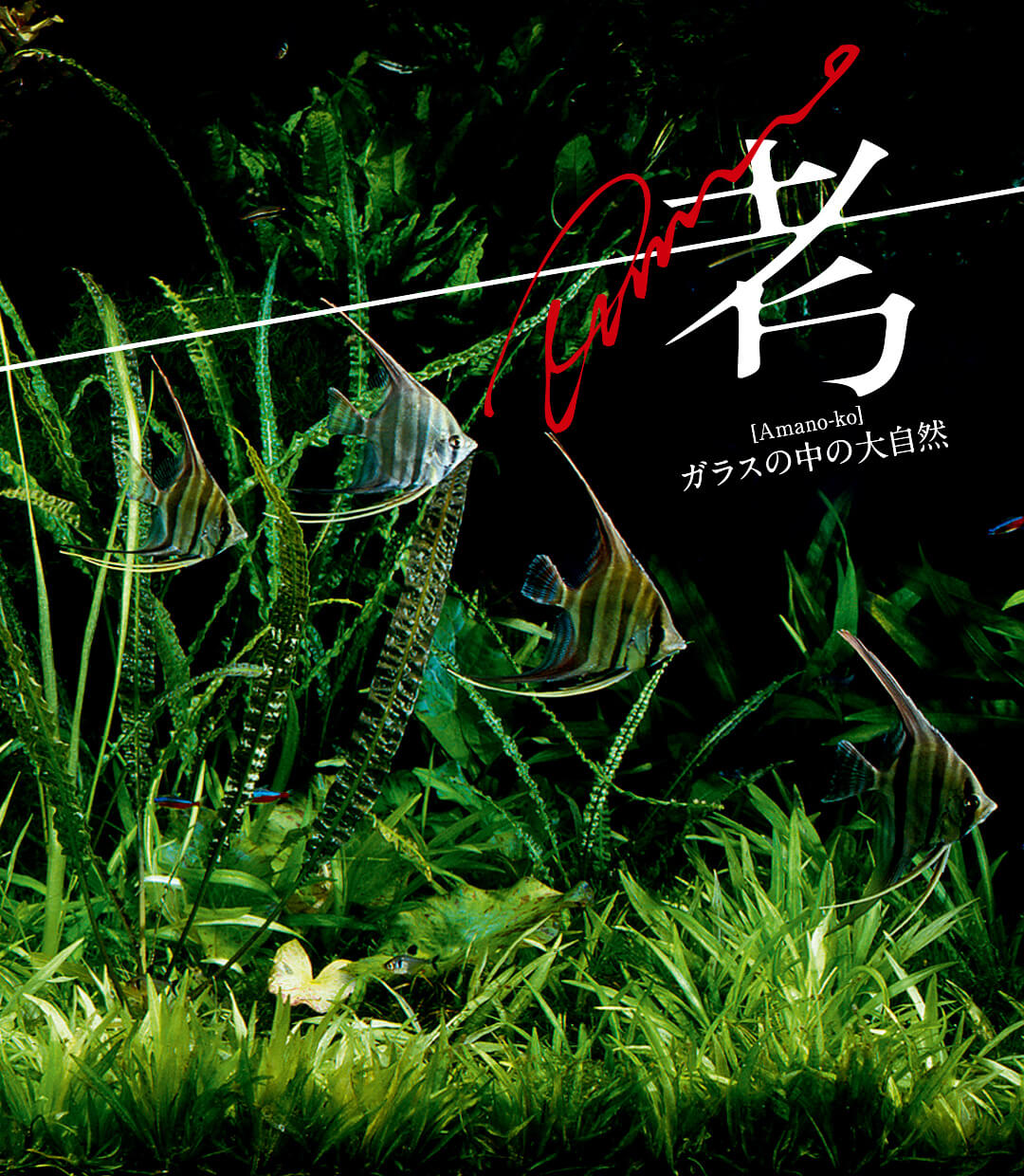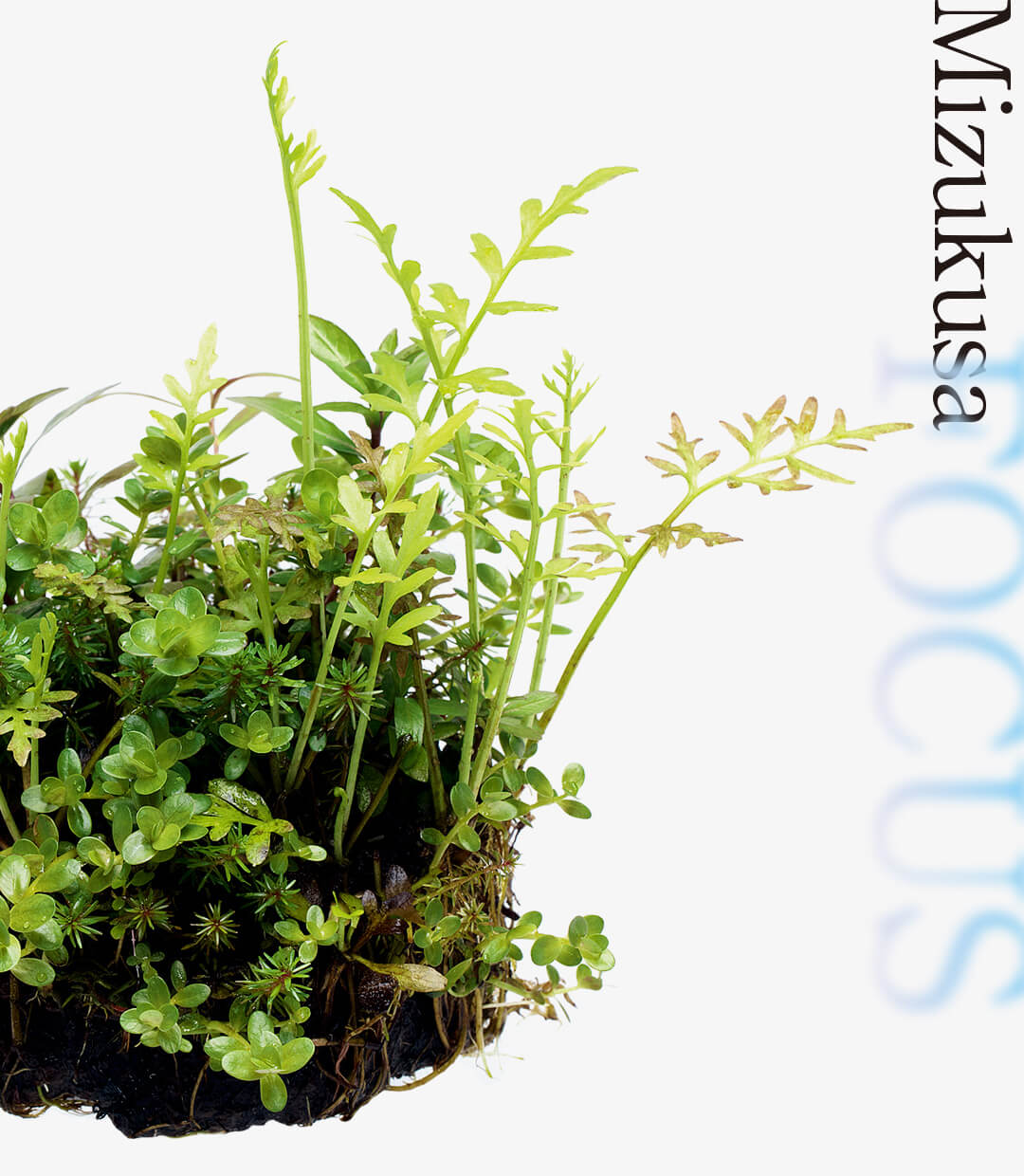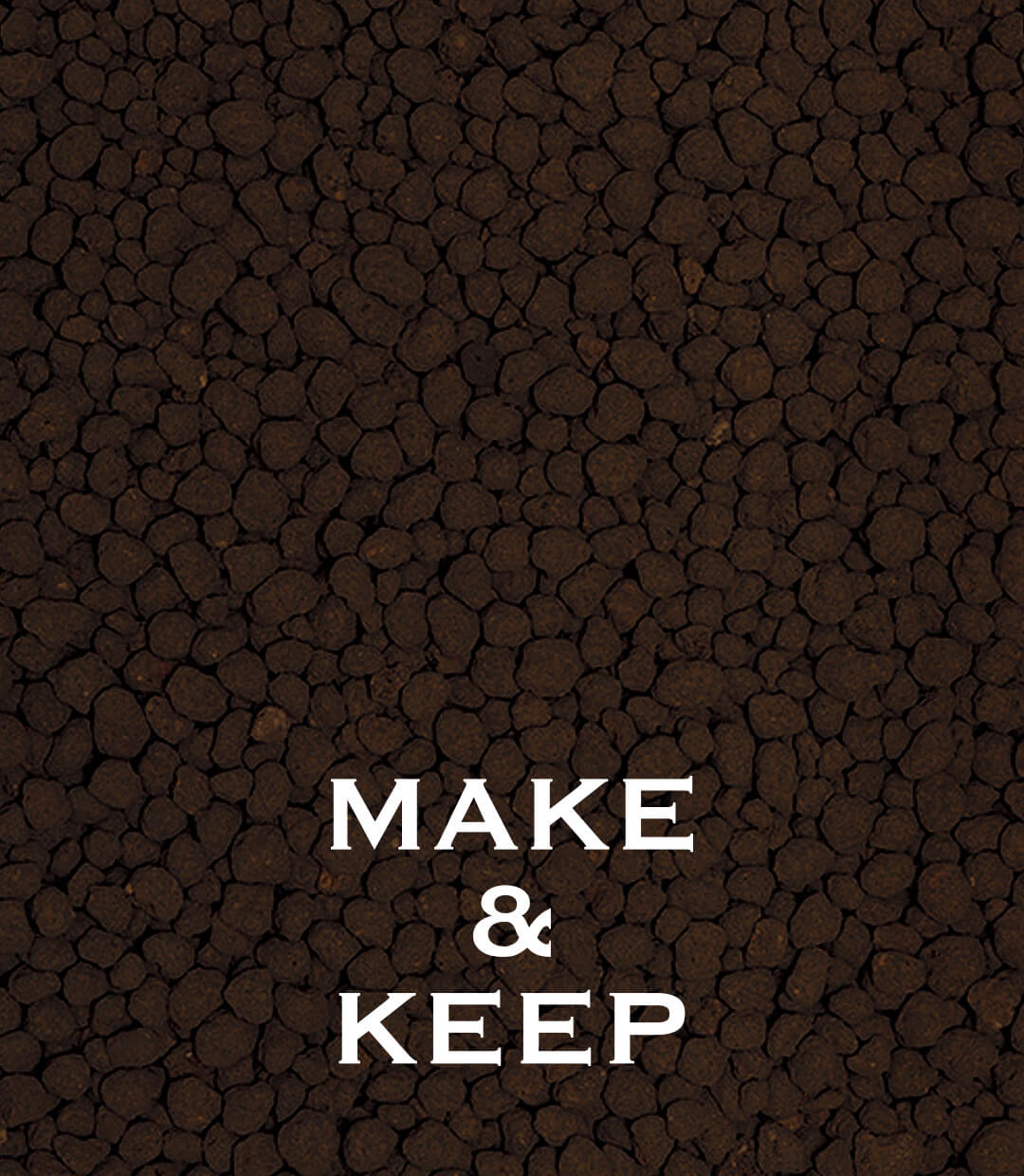TOP OF THE WORLD 2020 #02 Steven Chong
THE INTERNATIONAL AQUATIC PLANTS LAYOUT CONTEST 2020
GOLD PRIZE
Steven Chong
United States of America / Undying
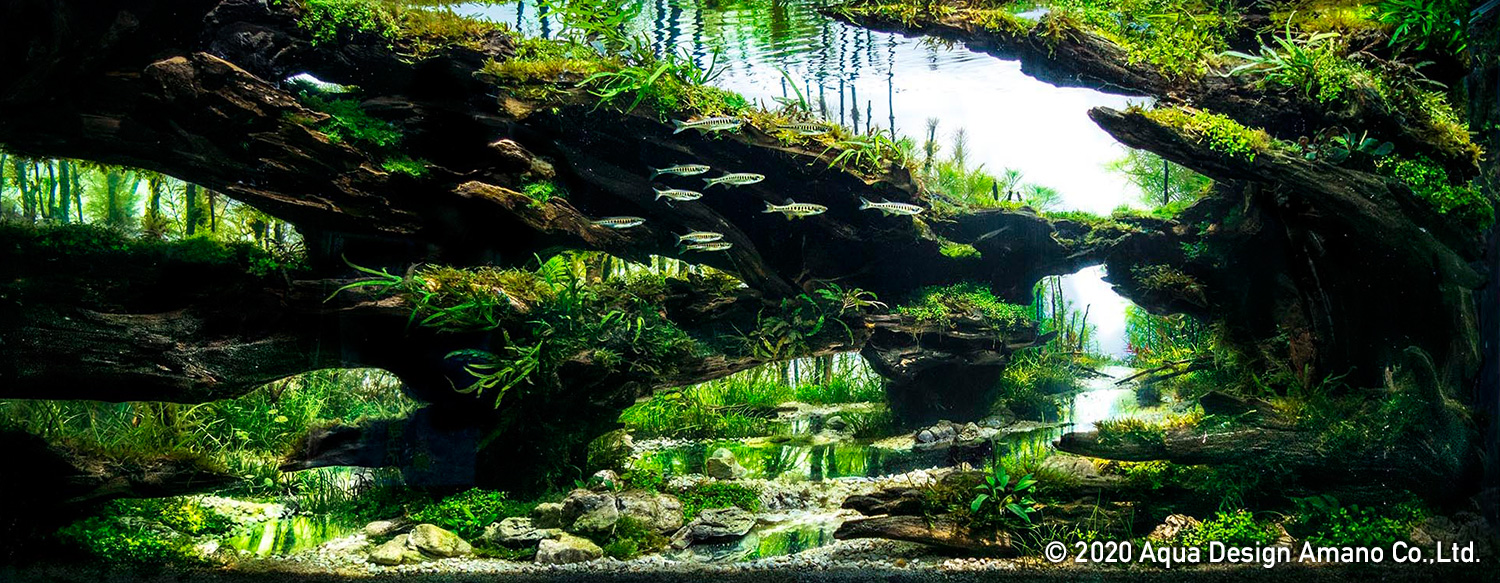
Plant
Eleocharis parvula
Lilaeopsis brasiliensis
Pilularia globulifera
Hydrocotyle verticillata
Taxiphyllum sp.
Riccardia sp.
Hemianthus callitrichoides ‘Cuba’
Micranthemum sp. ‘Monte Carlo’
Myriophyllum matogrossense
Myriophyllum sp.‘Guyana’
Microsorum sp.‘Trident’
Hygrophila pinnatifida
Anubias sp. various
Bucephalandra sp.
Rotala sp.
Microcarpaea minima
Helanthium tenellum
Fissidens fontanus
Fish
Inlecypris auropurpurea
Eleocharis parvula
Lilaeopsis brasiliensis
Pilularia globulifera
Hydrocotyle verticillata
Taxiphyllum sp.
Riccardia sp.
Hemianthus callitrichoides ‘Cuba’
Micranthemum sp. ‘Monte Carlo’
Myriophyllum matogrossense
Myriophyllum sp.‘Guyana’
Microsorum sp.‘Trident’
Hygrophila pinnatifida
Anubias sp. various
Bucephalandra sp.
Rotala sp.
Microcarpaea minima
Helanthium tenellum
Fissidens fontanus
Fish
Inlecypris auropurpurea
The nature behind glass has become my true calling
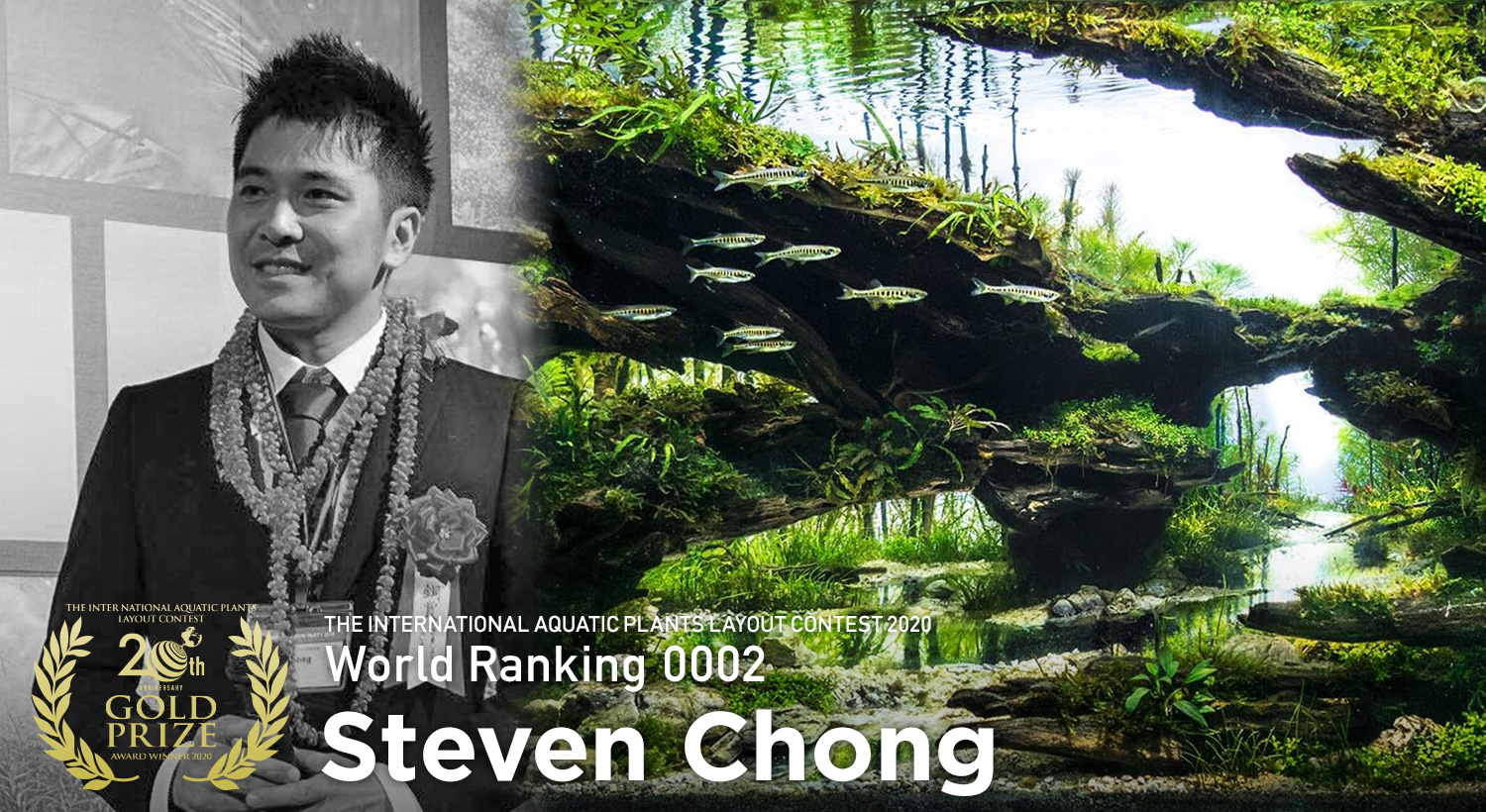
Age: 34 years old
Occupation : Marketer – Digital Strategist
Years of experience in the aquarium hobby : 15 years
Hobbies besides aquarium: Illustration/painting, Photography
Record of awards in the past IAPLC :
2007 71th
2018 5th
2019 15th
Occupation : Marketer – Digital Strategist
Years of experience in the aquarium hobby : 15 years
Hobbies besides aquarium: Illustration/painting, Photography
Record of awards in the past IAPLC :
2007 71th
2018 5th
2019 15th
AJ Tell us what you wanted to express with your layout work; layout theme, motif, ideas behind your winning work.
I think the consistent theme of my layout is expressing the endurance of nature. I initially started brainstorming around the idea of the world inside of a fallen log. This is an idea stemming from my continued quest for layouts that pursue a “fish’s perspective” of the world. I also found inspiration from the inside of sunken ships, which are extremely interesting as structures that have “died” in losing their original purpose (as vessels) but become structures sustaining new life as coral, fish, and a host of nature congregate to form a new habitat. Inside of a freshwater tank, the closest possible structure would be a dead tree, which even in death becomes a home and haven for the creatures and smaller plants that shelter in it. Like the sunken ships, I put the audience inside of this fallen structure, and created windows inside the outside world.
One challenge we layouters constantly face is simply making the work easy to understand for the judges. But tall standing trees are a mainstay of the aquascaping hobby. From there, all I would need to do is present that theme in a way no one had ever done before. And that is where we come to the mirrors, simulating the reflection of those trees on the “swamp.”
Mirror is a material not alien to the top 7 ranks of the IAPLC. That said, I never wanted to copy Tanaka Katsuki-san’s use of mirror just for the sake of it. However, with the hint of the Florida Everglades I would be able to do something with the mirrors that neither Tanaka-san nor Mr. Hosta had accomplished in their works: use the mirror as extra canvas. With the mirror, I would be able to draw vertical lines consistent with every single reflection in the aquascape—water surface, glass wall, mirror bottom, the pattern of vertical lines would remain consistent throughout the frame in every single window created by the wood structure. This theme would not only enable me to find a flawless solution to effective reflection creation, but allow me to tie every single window in the work to a consistent, easy to understand story—all built around theme of the strength, endurance, the undying spirit of trees.
I think the consistent theme of my layout is expressing the endurance of nature. I initially started brainstorming around the idea of the world inside of a fallen log. This is an idea stemming from my continued quest for layouts that pursue a “fish’s perspective” of the world. I also found inspiration from the inside of sunken ships, which are extremely interesting as structures that have “died” in losing their original purpose (as vessels) but become structures sustaining new life as coral, fish, and a host of nature congregate to form a new habitat. Inside of a freshwater tank, the closest possible structure would be a dead tree, which even in death becomes a home and haven for the creatures and smaller plants that shelter in it. Like the sunken ships, I put the audience inside of this fallen structure, and created windows inside the outside world.
One challenge we layouters constantly face is simply making the work easy to understand for the judges. But tall standing trees are a mainstay of the aquascaping hobby. From there, all I would need to do is present that theme in a way no one had ever done before. And that is where we come to the mirrors, simulating the reflection of those trees on the “swamp.”
Mirror is a material not alien to the top 7 ranks of the IAPLC. That said, I never wanted to copy Tanaka Katsuki-san’s use of mirror just for the sake of it. However, with the hint of the Florida Everglades I would be able to do something with the mirrors that neither Tanaka-san nor Mr. Hosta had accomplished in their works: use the mirror as extra canvas. With the mirror, I would be able to draw vertical lines consistent with every single reflection in the aquascape—water surface, glass wall, mirror bottom, the pattern of vertical lines would remain consistent throughout the frame in every single window created by the wood structure. This theme would not only enable me to find a flawless solution to effective reflection creation, but allow me to tie every single window in the work to a consistent, easy to understand story—all built around theme of the strength, endurance, the undying spirit of trees.
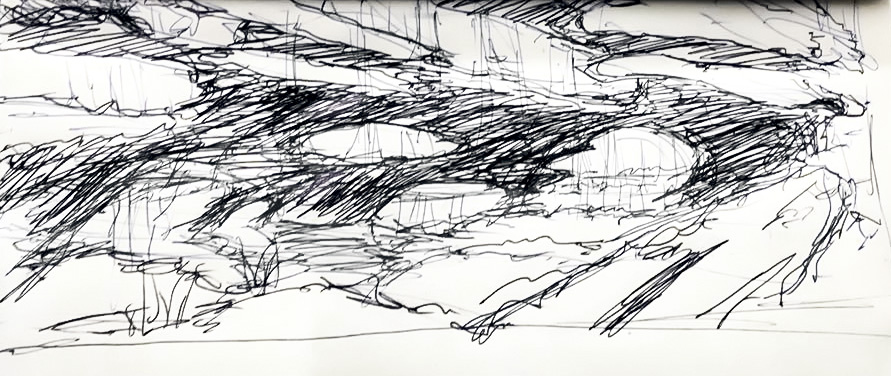
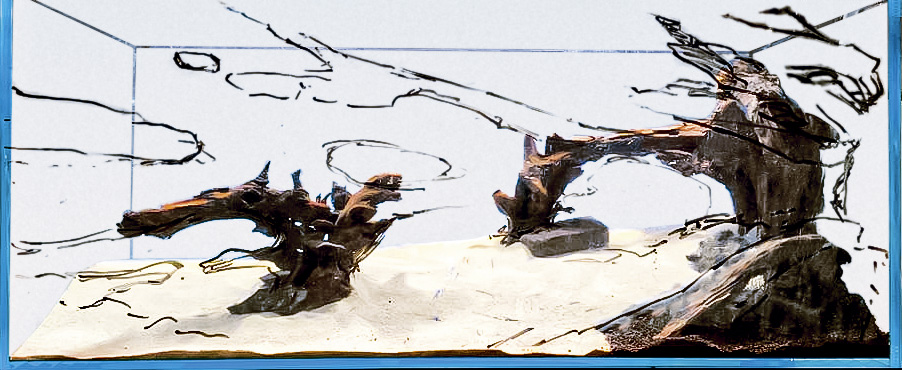
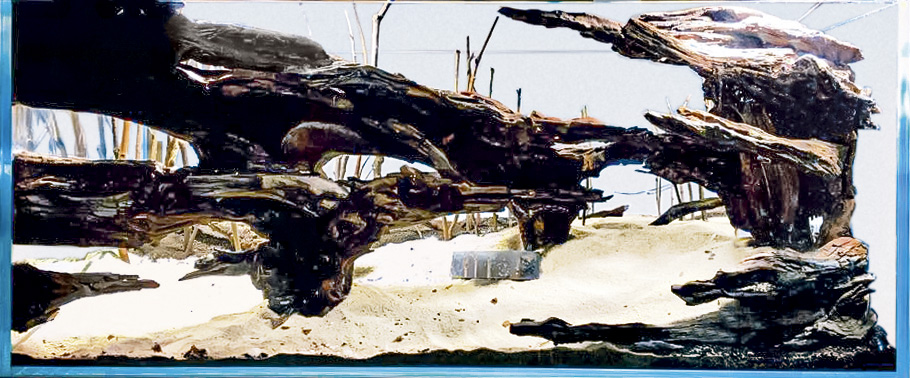
AJ What fascinate or attract you the most about the planted aquarium hobby?
I have always been drawn to nature and art. Even before being inspired by Takashi Amano, I was a student of Hiroshi Tagami. Though a Japanese American, Tagami-sensei was probably Hawaii’s greatest painter ever. In his life, Tagami-sensei traveled to Africa and around the world and to collect plants for Hawaii, before returning home and becoming a painter, gardener, and fish breeder. Many of the blue cichlids you will find in Waikiki can trace their lineage to Tagami-sensei’s ponds, and even now the garden in his old home is maintained. I tell this story to draw the parallel between Tagami and Amano Takashi and explain how I was naturally drawn to aquascaping. And just as Amano-san’s works continue to inspire, Tagami-sensei’s paintings of mountains, ocean, koi, and forest touch a raw nerve in the heart of the people of Hawaii. Those works are my inspiration, and why I instantly came to love the story and the man of Takashi Amano—in my mind, very much a kindred spirit. To me, aquascaping was the art form that would take the artwork and make it literally alive—a true piece of nature. I will always love painting, and thanks to Amano-san photography as well… but the nature behind glass has become my true calling.
AJ What kind of aquascape do you want to create in the future? Do you have any dreams relating to the aquarium hobby?
That is my biggest homework for this next year… This aquascape, while I made it my own and am truly proud of it, it is 100% a work of the school of Takayuki Fukada. I found my own story, my own gimmick, my own ideas and fish selection… I talked with Fukada-san relatively little about this layout, but the ethos, the underlying principles of the work, are almost completely carried over from my teachers Takayuki Fukada and Masashi Ono.
I have always been drawn to nature and art. Even before being inspired by Takashi Amano, I was a student of Hiroshi Tagami. Though a Japanese American, Tagami-sensei was probably Hawaii’s greatest painter ever. In his life, Tagami-sensei traveled to Africa and around the world and to collect plants for Hawaii, before returning home and becoming a painter, gardener, and fish breeder. Many of the blue cichlids you will find in Waikiki can trace their lineage to Tagami-sensei’s ponds, and even now the garden in his old home is maintained. I tell this story to draw the parallel between Tagami and Amano Takashi and explain how I was naturally drawn to aquascaping. And just as Amano-san’s works continue to inspire, Tagami-sensei’s paintings of mountains, ocean, koi, and forest touch a raw nerve in the heart of the people of Hawaii. Those works are my inspiration, and why I instantly came to love the story and the man of Takashi Amano—in my mind, very much a kindred spirit. To me, aquascaping was the art form that would take the artwork and make it literally alive—a true piece of nature. I will always love painting, and thanks to Amano-san photography as well… but the nature behind glass has become my true calling.
AJ What kind of aquascape do you want to create in the future? Do you have any dreams relating to the aquarium hobby?
That is my biggest homework for this next year… This aquascape, while I made it my own and am truly proud of it, it is 100% a work of the school of Takayuki Fukada. I found my own story, my own gimmick, my own ideas and fish selection… I talked with Fukada-san relatively little about this layout, but the ethos, the underlying principles of the work, are almost completely carried over from my teachers Takayuki Fukada and Masashi Ono.
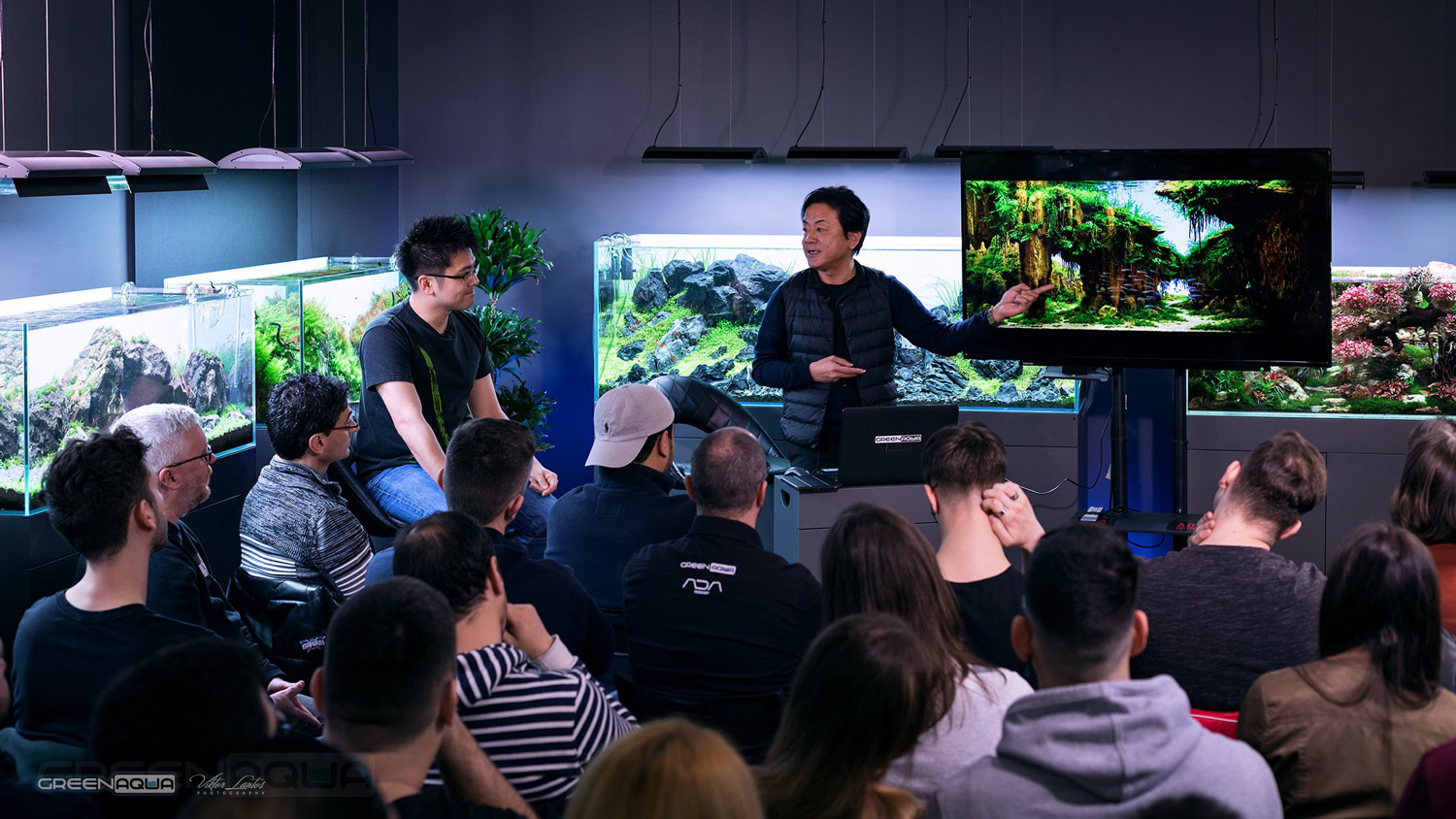
AJ What do you think about the IAPLC?
Contests are about competition, and an engine for excellence—but the real meaning of the IAPLC is connecting us all as a hobby. The collection of layouts each year, showing our hopes and dreams and stories… the contest being there, is part of what has tied so many people together. It turned the dream inside of Amano-san’s book “Nature Aquarium World,” into one we could all share. The IAPLC to me, is an important road that connects Amano-san’s dream to the future, and it is also the smiles, kind words, and deep friendships I have come to share with people all over the world. ADA has my deepest gratitude for continuing the contest, and deepest congratulations on reaching this 20th anniversary milestone.
Contests are about competition, and an engine for excellence—but the real meaning of the IAPLC is connecting us all as a hobby. The collection of layouts each year, showing our hopes and dreams and stories… the contest being there, is part of what has tied so many people together. It turned the dream inside of Amano-san’s book “Nature Aquarium World,” into one we could all share. The IAPLC to me, is an important road that connects Amano-san’s dream to the future, and it is also the smiles, kind words, and deep friendships I have come to share with people all over the world. ADA has my deepest gratitude for continuing the contest, and deepest congratulations on reaching this 20th anniversary milestone.
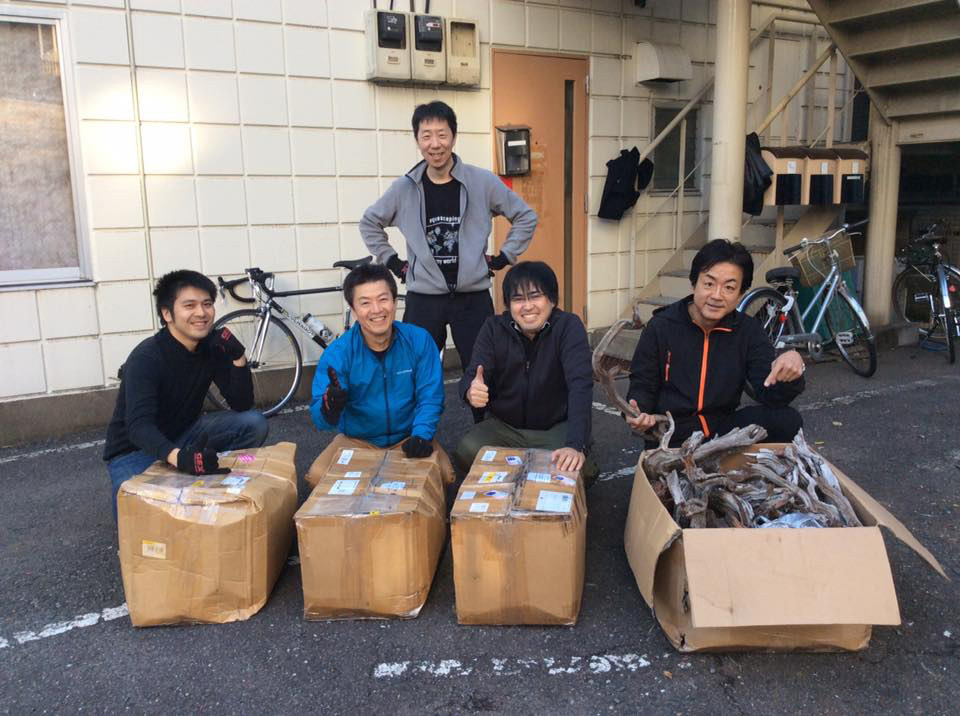
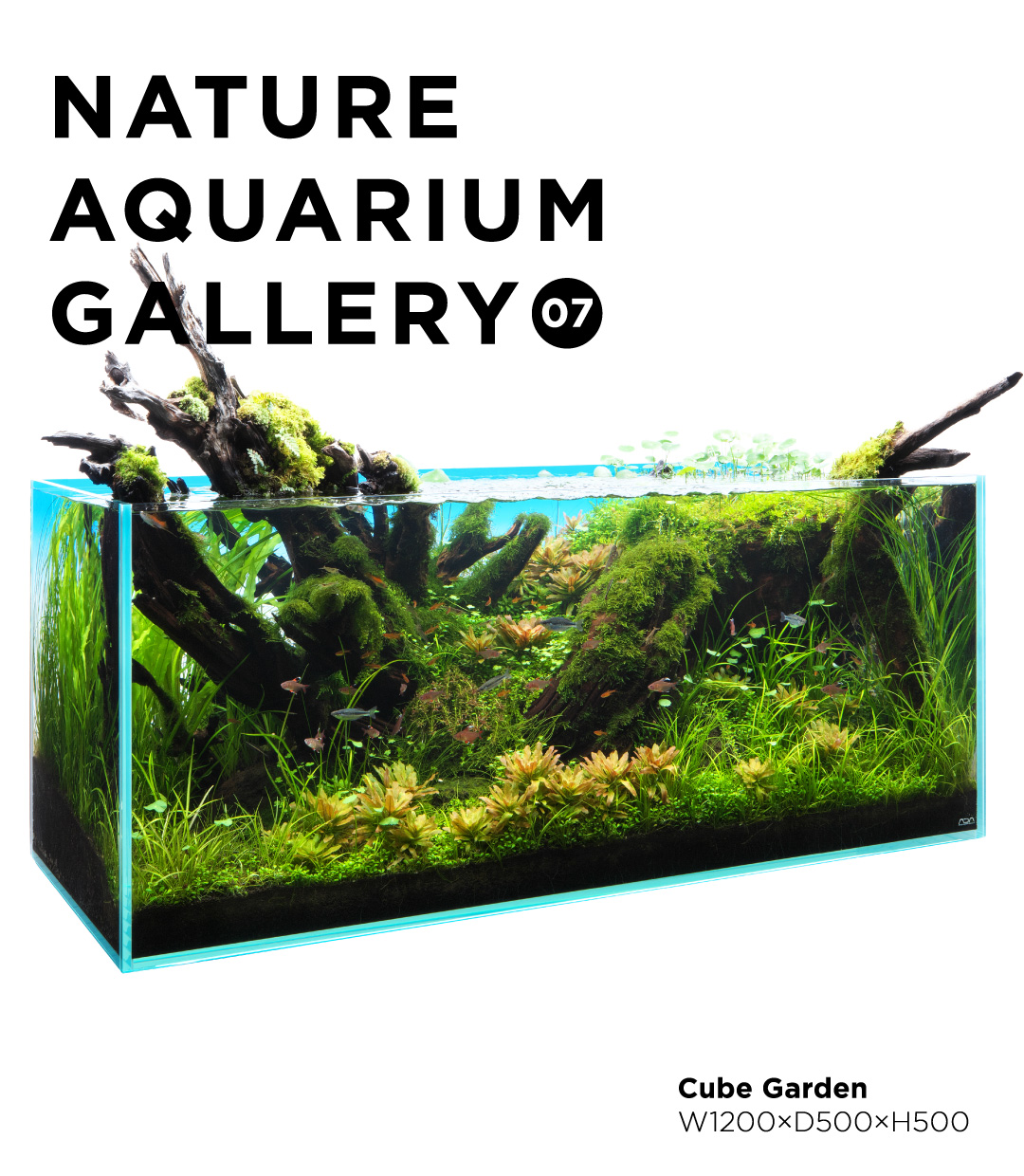
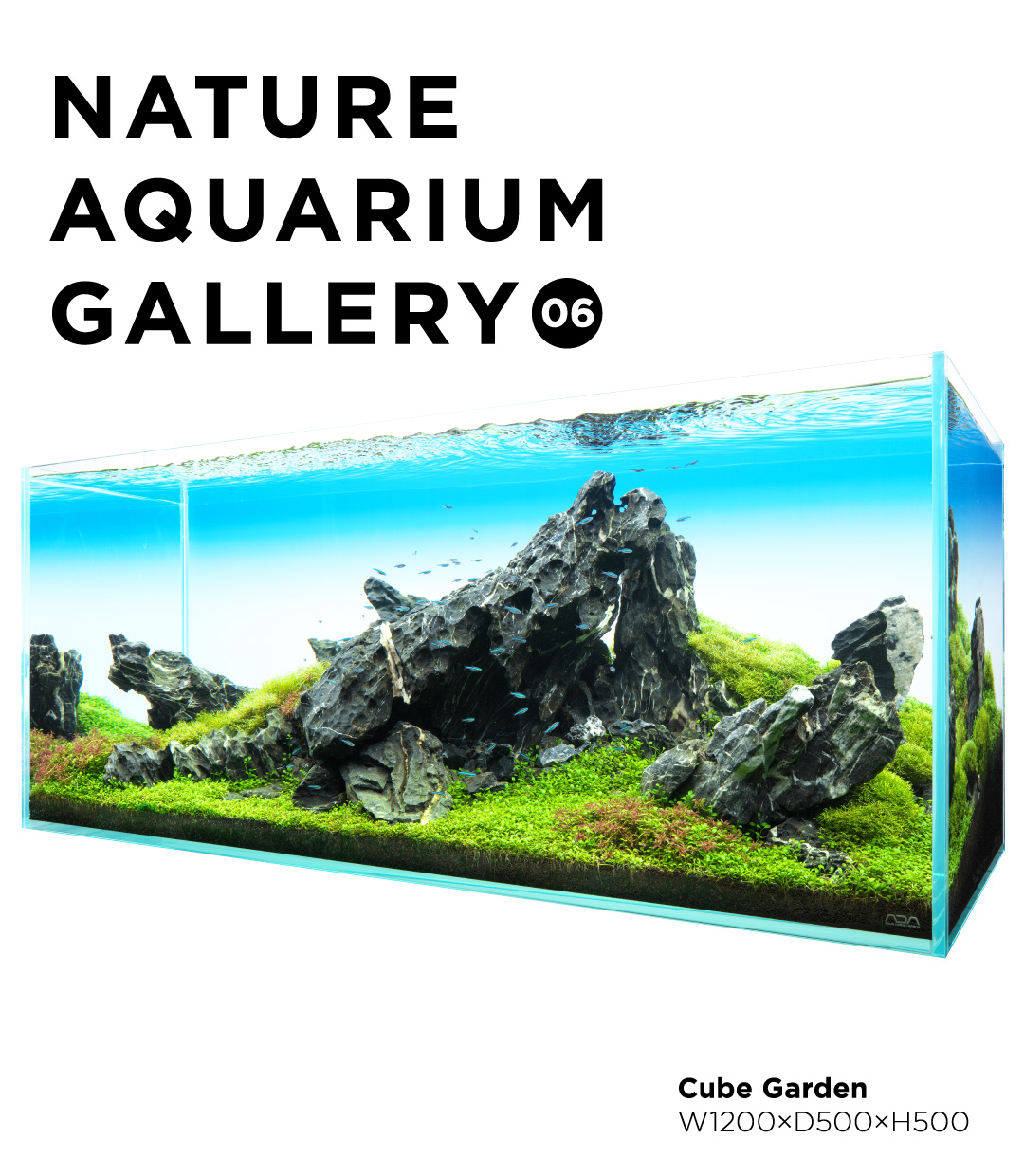
![Green Lab. #06 [ A Restful Waterside ]](https://www.adana.co.jp/wp-content/uploads/sites/3/2025/11/gl06_img_ogp.jpg)
